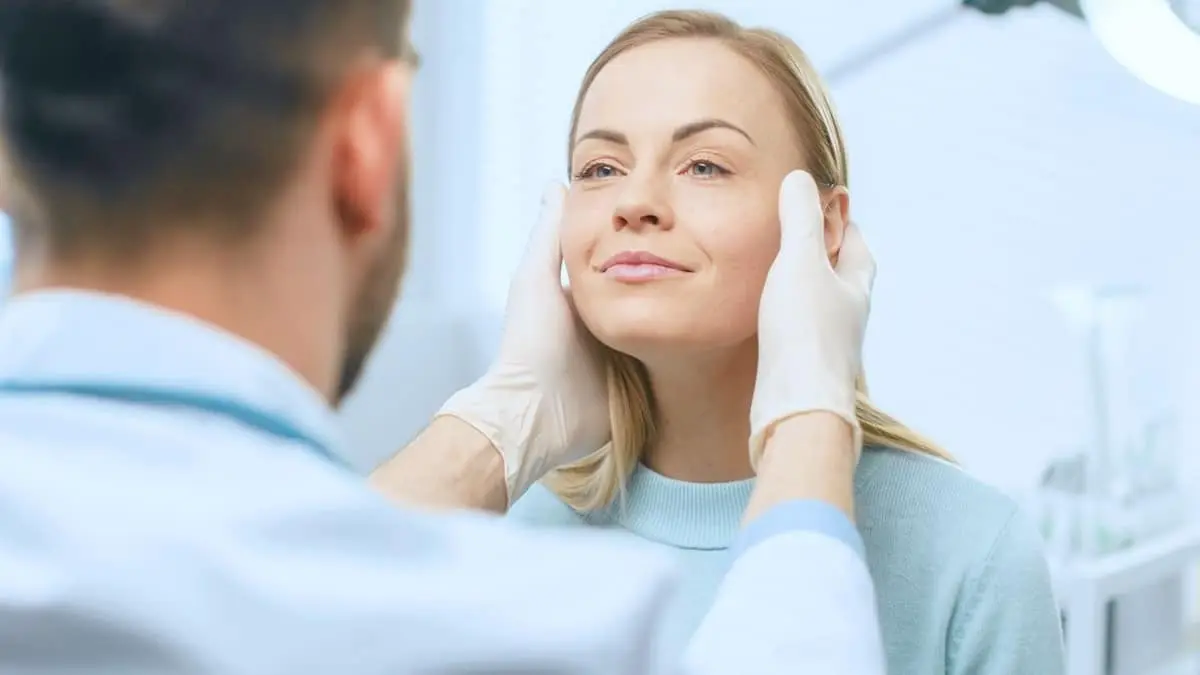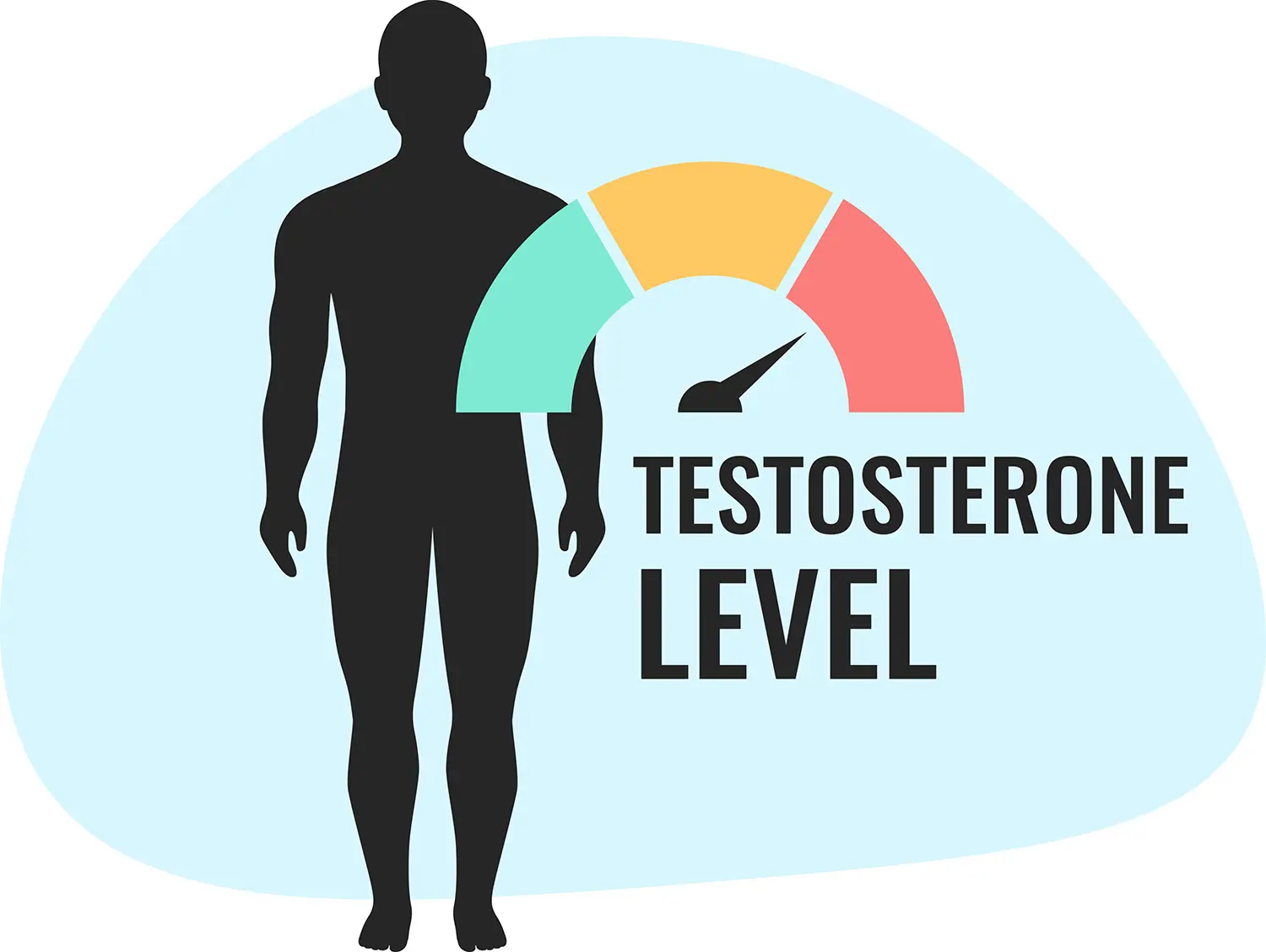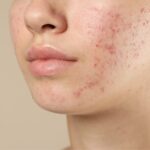DermonDemand, led by board-certified dermatologist Dr. Alicia Atkins, provides clear answers for patients wondering when to see a dermatologist. This guide explains the warning signs, conditions, and treatment options so you know when expert care is essential for your skin health.
Key Takeaways
- You should see a dermatologist when common treatments fail, a patch of skin changes in size or shape, or a condition interferes with daily quality of life.
- Board-certified dermatologists treat more than 3,000 diseases of the skin, hair, and nails, including acne, eczema, hair loss, cysts, and all types of skin cancer.
- Early detection is critical because many conditions, including life-threatening skin cancers, have more effective treatment options and fewer side effects when detected early.
- A full body skin exam, detailed medical history, and clear photos help dermatologists confirm diagnoses and recommend precise treatment plans.
- DermonDemand, led by Dr. Alicia Atkins, offers secure online care with prescriptions delivered in 24 hours, providing patients fast access to expert treatment.
Quick Answer to the Core Question
When should I start seeing a dermatologist?
You should see a dermatologist when skin, hair, or nail issues do not improve with basic care. Early detection matters because some conditions can be life-threatening, such as melanoma or other types of skin cancer. If a patch of skin looks unusual, changes quickly, or does not heal, professional care is the safest choice.
How do I know if I need one?
Persistent symptoms are the clearest sign. If acne lasts for months, if rashes keep returning, or if you find growths that change in size or shape, a dermatologist should review your case. Board-certified dermatologists treat more than 3,000 diseases of the skin, hair, and nails, so most issues fall within their expertise.
How bad does skin need to be?
Do not wait until symptoms are severe. Even common skin conditions, such as eczema or dandruff, can harm quality of life if untreated. The good news is that most problems have effective treatment options when detected early.
Common Reasons to See a Dermatologist

Acne and persistent breakouts
If over-the-counter products fail after several weeks, you may need prescription treatment options. Dermatologists treat acne with topical or oral medicines and may use laser therapies for scarring. These approaches go beyond cosmetic treatments by addressing deeper causes.
Rashes, eczema, and skin irritation
Chronic rashes, hives, or eczema signal immune system involvement. A dermatologist can confirm the diagnosis, recommend safe therapies, and prevent flare-ups. Proper care protects your skin health and avoids long-term discomfort.
Hair loss, dandruff, and scalp issues
Hair loss may be genetic, stress-related, or linked to immune disorders. Dandruff and scalp irritation are also common skin conditions. A dermatologist who is specially trained can identify the cause and design hair loss treatment options that preserve scalp and hair health.
Moles, spots, and skin changes
A changing mole or new spot requires urgent review. Early detection of skin cancer is critical because dermatologists treat skin cancers more effectively when found at the start. They may remove skin samples for biopsy to confirm the diagnosis, or recommend a full body skin exam to evaluate other areas of concern.
Cysts, growths, and nonhealing sores
Cysts and growths can become painful or infected. Nonhealing sores may indicate deeper diseases of the skin, hair, and nails. Dermatologists can remove skin lesions safely and provide follow-up care to avoid recurrence.
Skin cancer warning signs
Skin cancer is one of the most serious reasons to see a dermatologist. Look for changes in the size, shape, or color of moles or sores that do not heal. Dermatologists treat skin cancers with surgery, medications, or laser therapies, depending on the type of skin cancer. In some cases, Mohs micrographic surgery is the gold standard for removing skin cancers while preserving healthy tissue.
Dermatology vs Other Skin Care Options
When to see a dermatologist vs an esthetician
Estheticians provide cosmetic treatments like facials or peels. A dermatologist is a medical doctor who specializes in diagnosing and treating diseases of the skin, hair, and nails. If your concern involves health, lasting irritation, or suspected cancer, you should see a dermatologist.
Should I see a dermatologist for skin care? (Quick self-check)
Yes, if skin care products are not enough, a dermatologist can help. For example, if sunscreen and moisturizers cannot control your issues, a dermatologist offers medical treatments to improve skin health and reduce the risks of side effects from improper care.
What Dermatologists Do
Dermatologist definition and meaning
A dermatologist is a skin doctor, one of several types of skin doctors, who manages both cosmetic treatments and medical problems. The dermatologist’s definition also includes training in procedures that improve appearance and remove disease.
Are dermatologists physicians and medical doctors?
Yes. Dermatologists are medical doctors who specialize in the skin, hair, and nails. They are board-certified after years of medical school, residency, and exams.
Conditions dermatologists and skin doctors treat
Dermatologists treat more than 3,000 different conditions. These include common skin conditions like acne and psoriasis, as well as life-threatening illnesses such as melanoma.
Body vs face dermatology explained
Dermatologists treat the full body, not just the face. They diagnose rashes on the arms, nail changes on the toes, and suspicious moles on the back. A facial dermatologist may focus on cosmetic treatments, but all dermatologists are specially trained to review the entire body.
Finding Online and Local Dermatology Care

Steps for dermatologist-approved online care
DermonDemand simplifies access. You complete a secure form, upload photos, and a board-certified dermatologist reviews your case. Within 24 hours, you receive a personalized plan.
How online dermatologist prescriptions work
Prescriptions are issued after review and shipped directly to your home. This avoids delays from in-person visits. It also makes ongoing care easier for chronic issues like eczema or hair loss.
Fast access vs waiting for in-office visits
Traditional appointments may take weeks. Online care provides treatment options within one day. This improves quality of life by addressing problems quickly.
Preparing for your dermatology visit
If you attend an in-person exam, bring a list of symptoms, photos of changes, and current medications. This helps the dermatologist provide accurate care and ensures early detection of serious concerns.
- Bring notes on when the problem started and how it has changed, and prepare a few questions to ask a dermatologist during your visit.
- Record any treatments tried and their results.
- Note any family history of skin cancers or diseases.
These steps help the dermatologist confirm the diagnosis, explain possible side effects of therapies, and provide the most effective treatment.
What to Expect With DermOnDemand
Secure form, expert review, 24-hour prescriptions
The process is designed for privacy and speed. You share details securely, a dermatologist reviews your case, and you receive a treatment plan within a day.
Board-certified and dermatologist-approved treatment
Every plan is created by a board-certified dermatologist. Treatments are dermatologist-approved and supported by clinical evidence, ensuring safe and effective results.
Start Your Online Dermatology Plan
Skin concerns should not wait. DermonDemand, guided by Dr. Alicia Atkins, delivers expert care, early detection, and safe treatment options. Book your private consultation today and take the first step toward better skin health.








